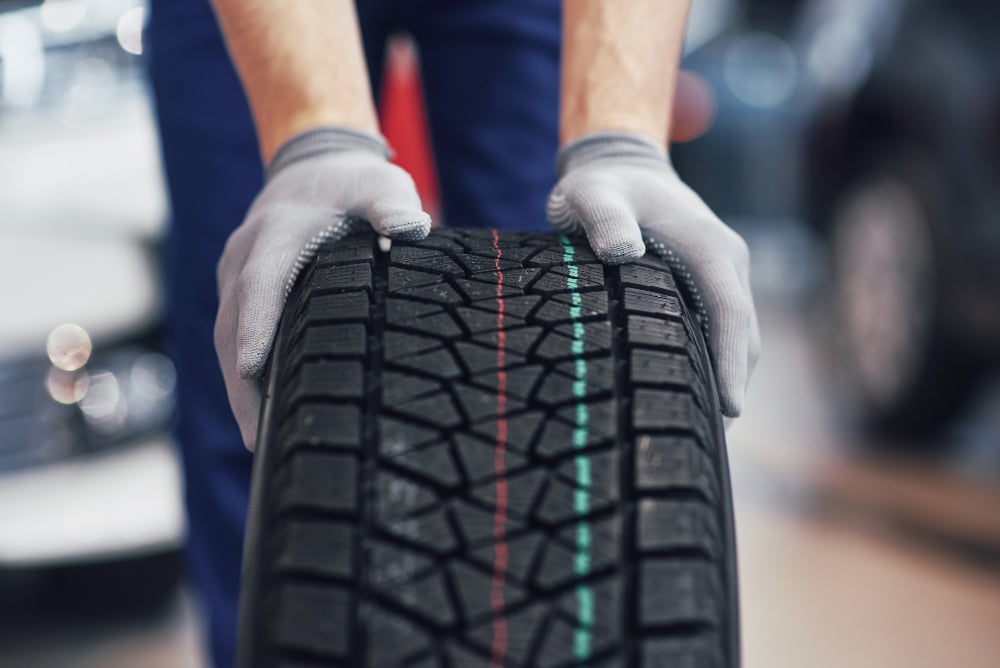The tires on your car make a significant difference to its overall performance and safety. Try to get somewhere on the wrong tires, and you risk not being able to grip the road properly.

Keep Your Tires in Good Condition
This makes accidents more likely since it will reduce your stopping distance and increase the chance of a slide. It’ll also ruin your fuel economy, which, during a fuel crisis, is a significant downside.
Getting the best from your tires means treating them to regular maintenance. Let’s take a look at what that maintenance might look like.
Checking pressure
To function correctly, your tires will need to be appropriately inflated. Check your car’s manual or an online database for the recommended pressure, remembering that you might need to increase the pressure if the vehicle is regularly loaded. A quartet of adult passengers might significantly increase the weight your tires are expected to bear.
Make a habit of checking the pressure once a week. This way, you’ll become aware of slow punctures as they occur, and your tires will be kept at optimal inflation.
Checking the tread
While checking the pressure, it’s worth looking at the tread. This is what will distribute road water away from your tires, and prevent your car from temporarily acting like a hovercraft. The legal minimum for your tire tread is 1.6mm, but you’ll want to replace the tires long before that. Good winter tires will have deeper grooves.
The pattern of wear might indicate a problem, too. If the middle of the tire is worn before the outside, it’s probably over-inflated. If one side of the tire is wearing before the other, your wheels might be misaligned.
Checking the wheel alignment
If the wheels are misaligned, then you might notice the car pulling in one direction or the other. Don’t be tempted to adjust your driving accordingly: get it checked and fixed as soon as possible. If you knowingly drive an unsafe car, you could be in trouble if you’re involved in a collision.
Adopting good driving habits
To get the most from your tires, you might make a couple of simple adjustments to your motoring life. The first is to avoid unnecessarily loading the car. The second is to prevent braking excessively – since this will distribute the car’s energy into the rubber as friction, leaving a portion of it on the road behind you.

